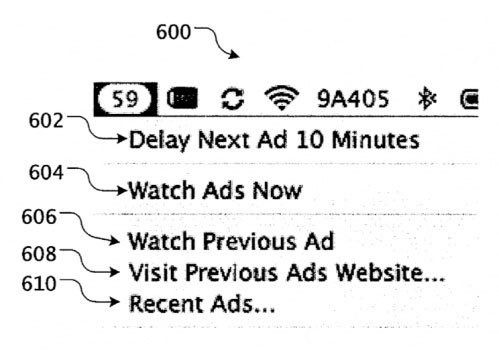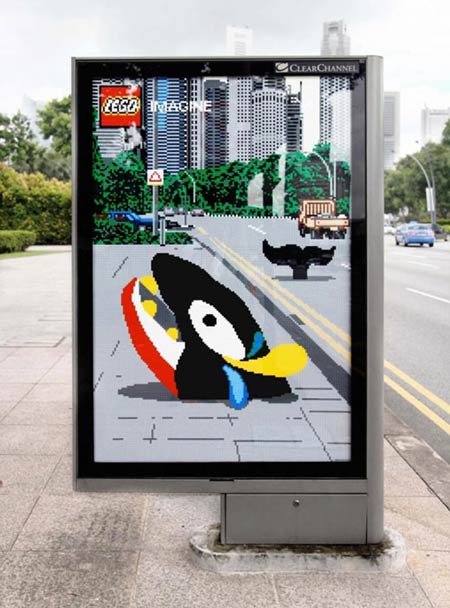As an employee in an agency creative department, you will spend most of your time with your feet up on a desk working on an ad. Across the desk, also with his feet up, will be your partner-in my case, an art director. And he will want to talk about movies.
In fact, if the truth be known, you will spend a large part of your career with your feet up talking about movies.
The ad is due in two days. The media space has been bought and paid for. The pressure’s building. And your muse is sleeping off a drunk behind a dumpster or twitching in a ditch somewhere. Your pen lies useless. So you talk movies.
That’s when the traffic person comes by. Traffic people stay on top of a job as it moves through the agency. Which means they also stay on top of you. They’ll come by to remind you of the horrid things that happen to snail-assed creative people who don’t come through with the goods on time.
So you try to get your pen moving. And you begin to work. And working, in this business, means staring at your partner’s shoes. That’s what I’ve been doing from nine to five for over 20 years. (…)
There comes a point when you can’t talk about movies anymore and you actually have to get some work done. You are faced with a blank sheet of paper, and you must, in a fixed amount of time, fill it with something interesting enough to be remembered by a customer who in the course of a day will see, somewhere, thousands of other ad messages.
You are not writing a novel somebody pays money for. You are not writing a sitcom somebody enjoys watching. You are writing something most people try to avoid. This is the sad, indisputable truth at the bottom of our business. Nobody wants to see what you are about to put down on paper. People not only dislike advertising, they’re becoming immune to most of it—like insects building up resistance to DDT. (…) When people aren’t indifferent to advertising, they’re angry at it. (…)
So you try to come up with some advertising concepts that can defeat these barriers of indifference and anger. The ideas you try to conjure, however, aren’t done in a vacuum. You’re working off a strategy—a sentence or two describing the key competitive message your ad must communicate.
In addition to a strategy, you are working with a brand. Unless it’s a new one, that brand brings with it all kinds of baggage, some good and some bad. Ad people call it a brand’s equity. (…)
People generally deny advertising has any effect on them. They’ll insist they’re immune to it. And perhaps, taken on a person-by- person basis, the effect of your ad is indeed modest. But over time, the results are undeniable. Try this on: 1980—Absolut Vodka is a little nothing brand. Selling 12,000 cases a year. That’s nothing. Ten years and one campaign later, this colorless, nearly tasteless, and odorless product is the preferred brand, selling nearly 3 million cases a year. All because of the advertising. (…)
Diet Coke didn’t just happen. Coca-Cola didn’t simply roll it out and hope that people would buy it. Done poorly, they could have cannibalized their flagship brand, Coke. Done poorly, it could have been just another one of the well-intentioned product start-ups that fail in six months. It took a lot of work by both Coca-Cola and its agency, SSCB, to decipher market conditions, position the product, name it, package it, and pull off the whole billion-dollar introduction.
{ Luke Sullivan, Hey, Whipple, Squeeze This | Thanks Tim }




















